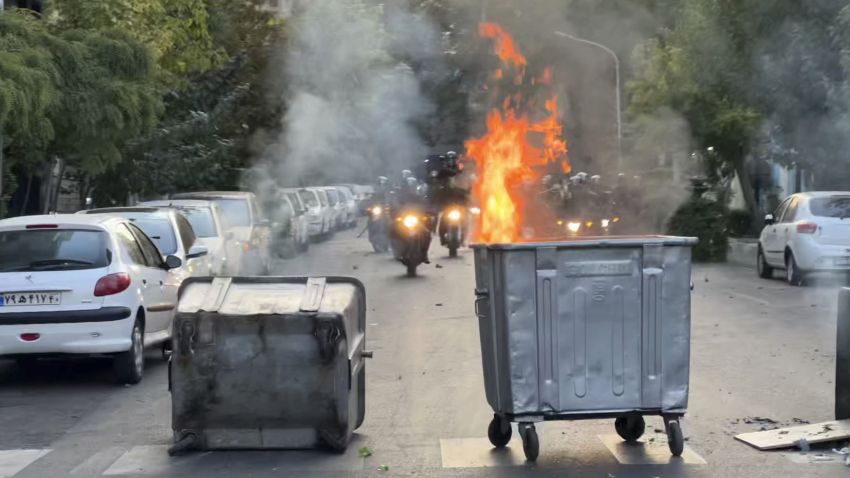On Jan. 6, 1978, the semiofficial Iranian newspaper Ettela’at ran a frontpage editorial disparaging the exiled but increasingly influential Ayatollah Ruhollah Khomeini, reportedly at the direction of Shah Mohammad Reza Pahlavi, then the ruling monarch of Iran. In the grand scheme of the Shah’s reign, the editorial might have ended up being a historical footnote, yet another state-backed effort to tarnish a leading critic. But as fate would have it, this editorial proved to be the spark that set off the powder keg, outraging Khomeini’s followers and setting off a chain reaction of protests that ultimately led to the downfall of the shah’s regime, the rise of Khomeini and the birth of the Islamic Republic.
Today, more than 43 years later, another seemingly innocuous spark has catalyzed a similar explosion of popular outrage toward the clerical system that supplanted the shah. On Sept. 17, 22-year-old Mahsa Amini died after being taken into custody by the Iranian police’s “guidance patrol,” which is tasked with enforcing the theocratic government’s mandatory hijab law. The law requires women to cover their hair with a scarf and wear loose-fitting clothes and an overcoat around their bodies.
For the Islamic Republic, which since its inception has locked up and executed thousands for their political beliefs, Amini’s death may not seem like the kind of event that could seriously undermine its authority. But it has set off a renewed wave of nationwide protests that could become the largest the country has seen in years. At a minimum, these protests create a serious new crisis for conservative Iranian President Ebrahim Raisi, who has been in office for a little over a year and whose success is vital for the Islamic Republic’s future.

